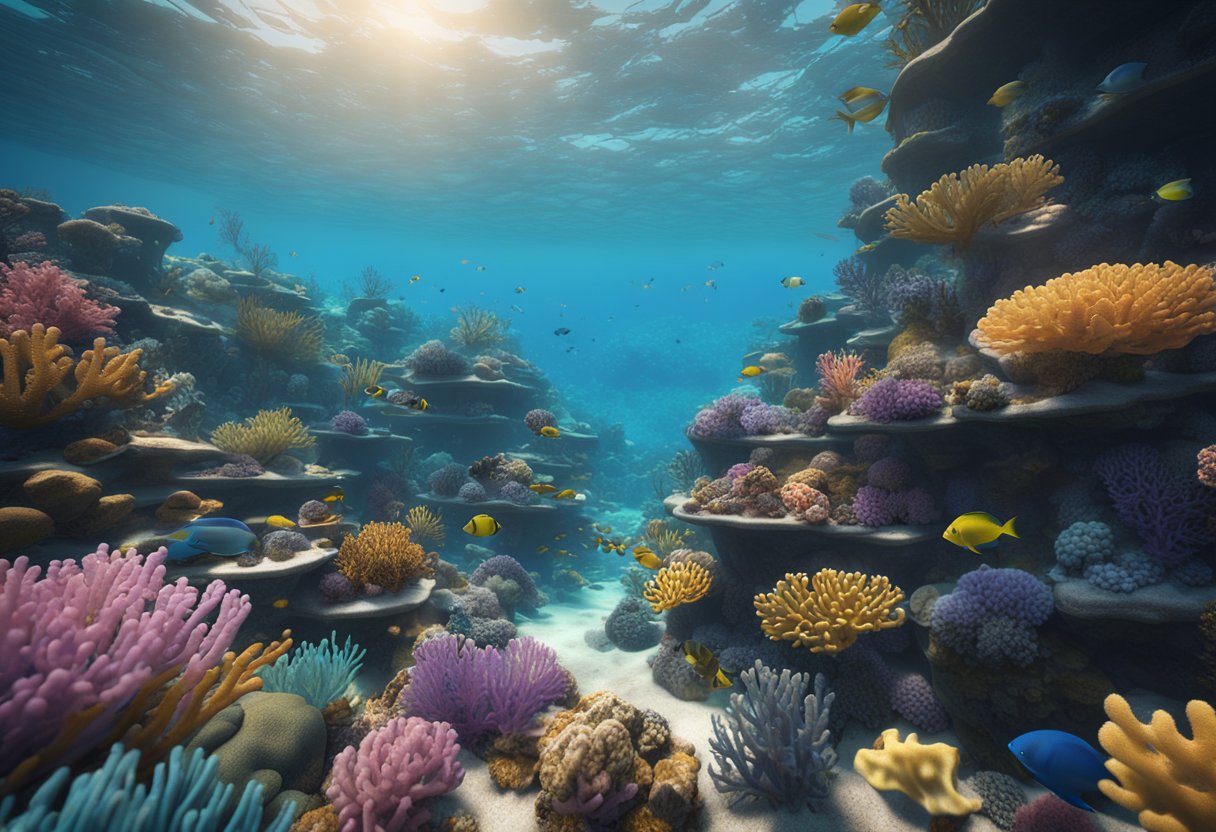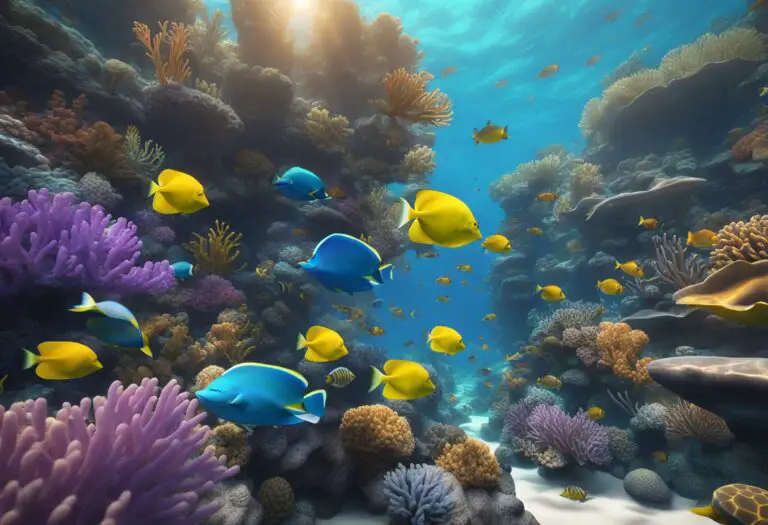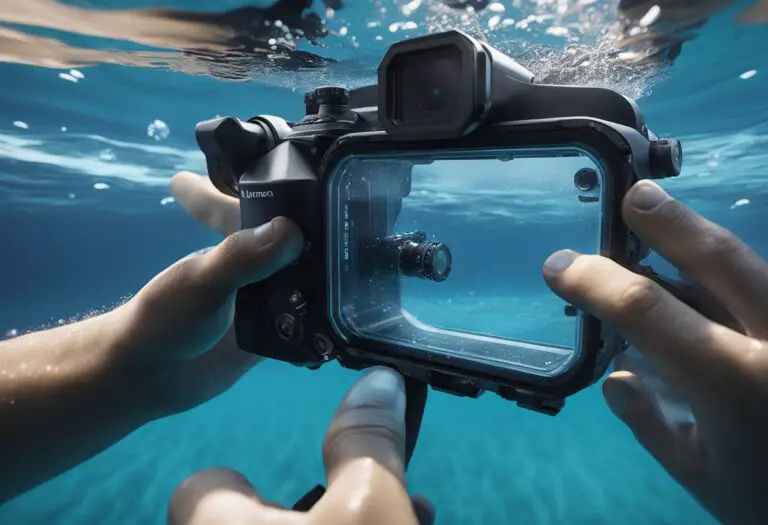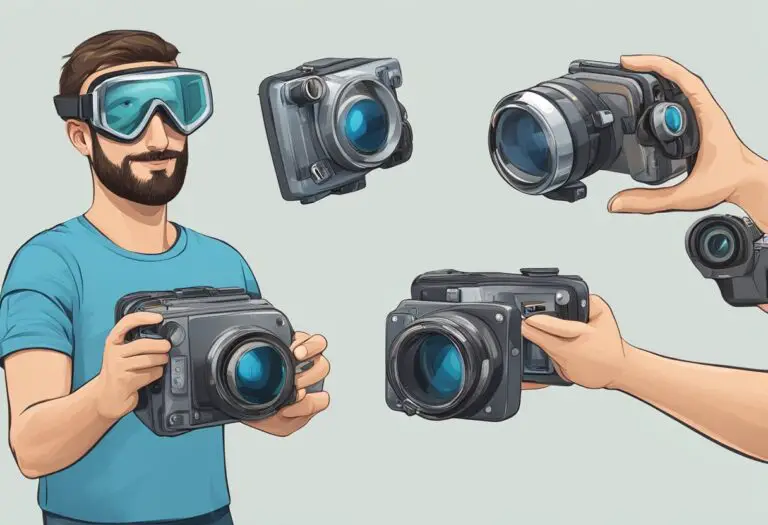Budget-Friendly Underwater Photography Equipment for Amateurs
Underwater photography is a fascinating and unique way to capture images of the world beneath the waves. However, it can also be an expensive hobby, with high-end cameras and equipment costing thousands of dollars. For amateur photographers who want to explore underwater photography without breaking the bank, budget-friendly equipment options are available.
One option for budget-friendly underwater photography is to use a waterproof point-and-shoot camera. These cameras are designed to be used in and around water, and many models have features like underwater shooting modes and built-in flash to make capturing images easier. They are also typically more affordable than higher-end DSLR cameras and underwater housings.
Another option is to use a waterproof case with a smartphone. Many companies produce waterproof cases that can be used to take photos and videos underwater with a smartphone. These cases can be significantly less expensive than purchasing a dedicated underwater camera, and they allow photographers to use the camera they already own. However, it’s important to note that the quality of images captured with a smartphone may not be as high as those taken with a dedicated camera.
Understanding Underwater Photography

Underwater photography is a fascinating and challenging field that requires a unique set of skills and equipment. In this section, we will explore some of the challenges that underwater photographers face and the essential features of underwater photography equipment.
Challenges and Solutions
One of the biggest challenges of underwater photography is the loss of color and contrast due to the absorption and scattering of light in water. This can result in images that appear blue or green and lack detail and vibrancy. To overcome this challenge, underwater photographers use artificial light sources, such as strobes or video lights, to illuminate their subjects and restore color and contrast.
Another challenge is the distortion of images caused by the refraction of light in water, which can make subjects appear larger or smaller than they actually are. To correct for this distortion, underwater photographers use specialized lenses, such as fisheye or wide-angle lenses, that are designed for underwater use.
Finally, underwater photography requires a high level of comfort and safety in the water. This includes proper training and certification in scuba diving, as well as knowledge of the local environment and potential hazards.
Essential Equipment Features
When it comes to underwater photography equipment, there are several essential features to consider. These include:
- Waterproof housing: A waterproof housing is essential for protecting your camera from water damage and allowing you to operate it underwater.
- Strobe or video light: A strobe or video light is necessary for illuminating your subjects and restoring color and contrast.
- Specialized lenses: Fisheye or wide-angle lenses are ideal for capturing wide vistas and dramatic perspectives, while macro lenses are perfect for capturing small details and textures.
- Viewfinder or LCD screen: A viewfinder or LCD screen is necessary for composing your shots and reviewing your images underwater.
- Floatation devices: Floatation devices can help you stay buoyant and stable in the water, making it easier to capture steady shots.
By understanding the challenges of underwater photography and investing in the right equipment, even amateur photographers can capture stunning images of the underwater world.
Budget-Friendly Camera Options

Underwater photography can be an exciting and rewarding hobby, but it can also be an expensive one. However, with the right budget-friendly equipment, even amateur photographers can capture stunning images of the underwater world. Here are a few options for cameras that won’t break the bank:
Compact Cameras
Compact cameras are a popular choice for underwater photography because they are small, lightweight, and easy to use. They also tend to be more affordable than other types of cameras. One option to consider is the Canon PowerShot D30, which is waterproof up to 82 feet and has a 12.1-megapixel sensor. Another option is the Olympus Tough TG-6, which is waterproof up to 50 feet and has a 12-megapixel sensor.
Action Cameras
Action cameras are another popular choice for underwater photography because they are designed to be rugged and waterproof. They are also small and easy to carry, making them ideal for travel. One popular option is the GoPro HERO7 Black, which is waterproof up to 33 feet and has a 12-megapixel sensor. Another option is the DJI Osmo Action, which is waterproof up to 36 feet and has a 12-megapixel sensor.
Smartphone Housings
If you already have a smartphone with a good camera, you can save money by purchasing a housing that will allow you to take it underwater. One option to consider is the Watershot PRO Housing, which is compatible with a variety of iPhone models and is waterproof up to 195 feet. Another option is the SeaLife SportDiver housing, which is compatible with a variety of Android and iPhone models and is waterproof up to 130 feet.
Overall, there are plenty of budget-friendly options for underwater photography equipment. Whether you choose a compact camera, action camera, or smartphone housing, you can capture stunning images of the underwater world without breaking the bank.
Lighting and Accessories
Underwater Strobes
Underwater strobes are an essential accessory for amateur photographers who want to capture bright and vibrant images of marine life. These powerful flash units can illuminate subjects up to several feet away, allowing you to capture stunning detail and color in your photos.
When selecting an underwater strobe, consider factors such as power output, battery life, and compatibility with your camera system. Some popular options include the Sea & Sea YS-D2J and the Inon Z-330.
LED Lights
LED lights are another popular lighting option for underwater photographers. These compact and versatile lights can be used for both video and still photography, and are available in a range of sizes and power outputs.
When choosing an LED light, look for features such as adjustable brightness, color temperature, and beam angle. Some top-rated options include the Light & Motion Sola Video Pro 9600 and the Kraken Sports Hydra 3500.
Color Correction Filters
Color correction filters are a must-have accessory for underwater photographers who want to capture accurate and vibrant colors in their images. These filters work by correcting the color temperature of the light entering your camera, compensating for the blue-green color cast present in underwater environments.
When selecting a color correction filter, consider factors such as the depth and type of water you will be shooting in, as well as the color temperature of your light source. Some popular options include the Magic Filters Blue Water filter and the Backscatter Flip7 filter system.
Maintenance and Care
Regular Cleaning
To ensure the longevity of your underwater photography equipment, it is essential to clean it regularly. After every use, rinse your equipment with fresh water to remove any salt or debris. Use a soft cloth or brush to gently remove any dirt or sand from the surface of your camera or lens. Avoid using harsh cleaning solutions or abrasive materials that could damage the equipment.
Storage Tips
Proper storage of your underwater photography equipment is crucial to prevent any damage. Store your equipment in a dry, cool, and dark place to avoid any moisture or heat damage. Use a camera bag or case to protect your camera and lenses from dust, scratches, or accidental drops. Make sure to remove the batteries and memory card before storing your camera for an extended period.
Handling Precautions
When handling your underwater photography equipment, it is essential to take some precautions to avoid any accidents or damage. Always handle your camera with dry hands and avoid touching the lens with your fingers. Use a wrist strap or a lanyard to secure your camera while diving or snorkeling. Avoid exposing your camera to extreme temperatures or direct sunlight, as it could damage the equipment.
By following these maintenance and care tips, you can ensure that your underwater photography equipment remains in excellent condition for years to come.
Improving Your Skills
Underwater photography can be challenging, but with practice and the right techniques, amateurs can improve their skills and capture stunning images. Here are some tips to help you improve your underwater photography skills:
Composition Techniques
Composition is a critical aspect of underwater photography. To create visually appealing images, you need to carefully consider the placement of your subject and other elements in the frame. Here are some composition techniques to keep in mind:
- Rule of thirds: Divide your frame into thirds both horizontally and vertically, and place your subject at the intersection of these lines to create a balanced composition.
- Leading lines: Use natural lines in the environment, such as coral reefs or schools of fish, to lead the viewer’s eye towards your subject.
- Negative space: Leave some empty space in the frame to create a sense of balance and draw attention to your subject.
Post-Processing Tips
Post-processing can help enhance your underwater images and bring out their full potential. Here are some tips to keep in mind:
- Adjust white balance: Underwater images tend to have a blue or green tint due to the water’s color. Adjusting the white balance can help correct this and make your images look more natural.
- Adjust exposure: Underwater photography can be challenging due to the low light conditions. Adjusting the exposure can help bring out details in your images.
- Remove backscatter: Backscatter refers to the tiny particles in the water that can appear as white dots in your images. Use cloning or healing tools to remove them and create a cleaner image.
By practicing these techniques and experimenting with different settings and angles, amateurs can improve their underwater photography skills and capture stunning images.







